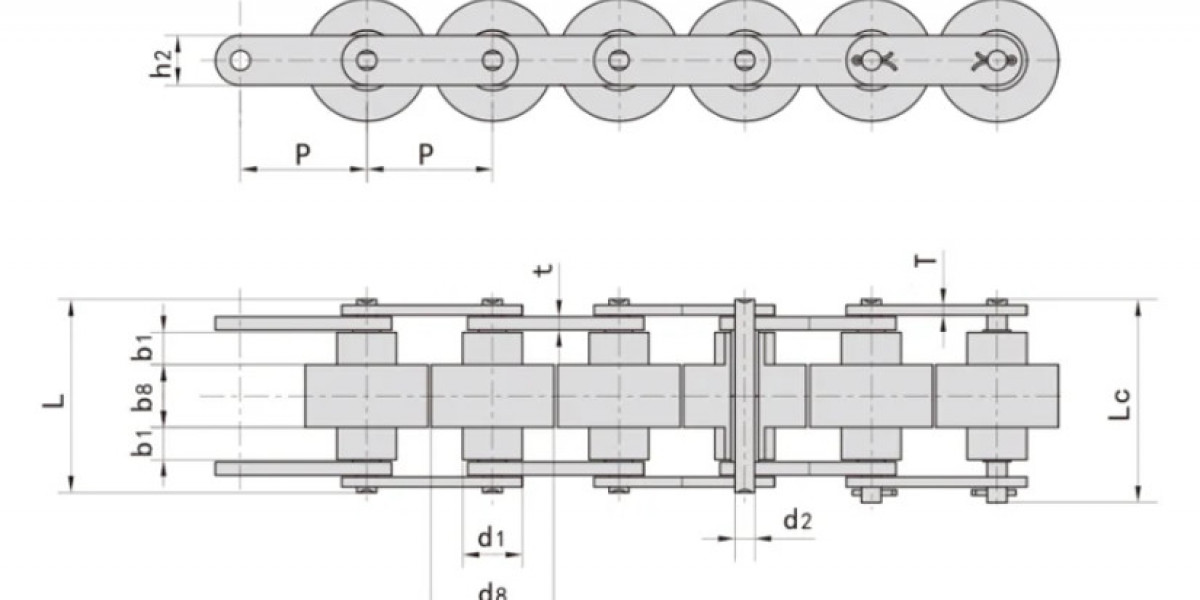The global smart home devices market has experienced remarkable growth in recent years, fueled by advancements in technology, rising consumer interest in home automation, and increasing integration of IoT (Internet of Things). With an expanding array of smart devices such as voice-controlled speakers, thermostats, lighting systems, security cameras, and appliances, consumers are embracing connected living for convenience, security, and energy efficiency.
Market Growth and Trends
In 2024, the smart home devices market was valued at approximately USD 100 billion and is projected to exceed USD 170 billion by 2028, growing at a CAGR of over 10%. This surge is primarily driven by growing internet penetration, increased smartphone adoption, and the expanding use of AI-powered virtual assistants like Amazon Alexa, Google Assistant, and Apple’s Siri.
Key players such as Amazon, Google, Apple, Samsung, and Xiaomi are continually innovating and expanding their product portfolios, making smart home technology more accessible and user-friendly. Voice-controlled smart speakers have become a central hub for home automation, enabling seamless control of lighting, temperature, entertainment, and security features.
Key Market Segments
The smart home market can be segmented into several categories:
Security and Access Control: Smart door locks, video doorbells, and surveillance systems offer homeowners real-time security alerts and remote monitoring capabilities.
Lighting Control: Automated lighting systems can adjust brightness, color, and scheduling, promoting energy savings and ambiance customization.
HVAC Control: Smart thermostats learn user preferences and adjust heating and cooling accordingly, reducing energy bills and enhancing comfort.
Entertainment Systems: Smart TVs, speakers, and home theaters allow users to stream media and control devices via voice or apps.
Kitchen and Appliances: From refrigerators that track groceries to ovens that can be preheated remotely, smart appliances add convenience to daily routines.
Regional Insights
North America currently holds the largest share of the smart home devices market, followed by Europe and Asia-Pacific. In North America, high disposable incomes, tech-savvy consumers, and strong distribution networks contribute to market dominance. Europe benefits from stringent energy efficiency regulations that promote smart solutions. Meanwhile, the Asia-Pacific region is experiencing rapid growth due to increasing urbanization, rising middle-class incomes, and government initiatives supporting smart infrastructure.
China, in particular, has become a significant player in manufacturing and adopting smart home products. South Korea and Japan also lead in smart home adoption due to their advanced technology ecosystems and high-speed internet infrastructure.
Challenges in the Market
Despite the optimistic outlook, the smart home devices market faces certain challenges. Interoperability issues between devices from different manufacturers remain a major barrier. Consumers often struggle with managing multiple apps and ecosystems that don’t seamlessly integrate.
Privacy and security concerns are another pressing issue. Since smart devices collect and transmit user data, vulnerabilities can be exploited by cybercriminals. Consumers are increasingly cautious about data protection and require assurances from manufacturers about robust cybersecurity measures.
High initial costs also deter adoption, especially in developing regions. While prices are decreasing, a significant investment is still needed to transform a traditional home into a smart one.
Future Outlook
The future of the smart home devices market looks promising. Trends such as the convergence of AI, 5G, and IoT are expected to drive innovation further. AI-enabled predictive maintenance, health monitoring systems, and energy management tools will enhance the functionality and value proposition of smart homes.
Standardization efforts, such as the Matter protocol backed by major tech companies, aim to resolve interoperability issues and create a more unified smart home ecosystem. This could lead to increased adoption, customer satisfaction, and market growth.
Sustainability is also becoming a key focus. Smart devices that help reduce energy consumption and carbon footprints will appeal to environmentally conscious consumers. As technology continues to evolve, smart homes will transition from luxury to necessity, offering intelligent solutions for modern living.








